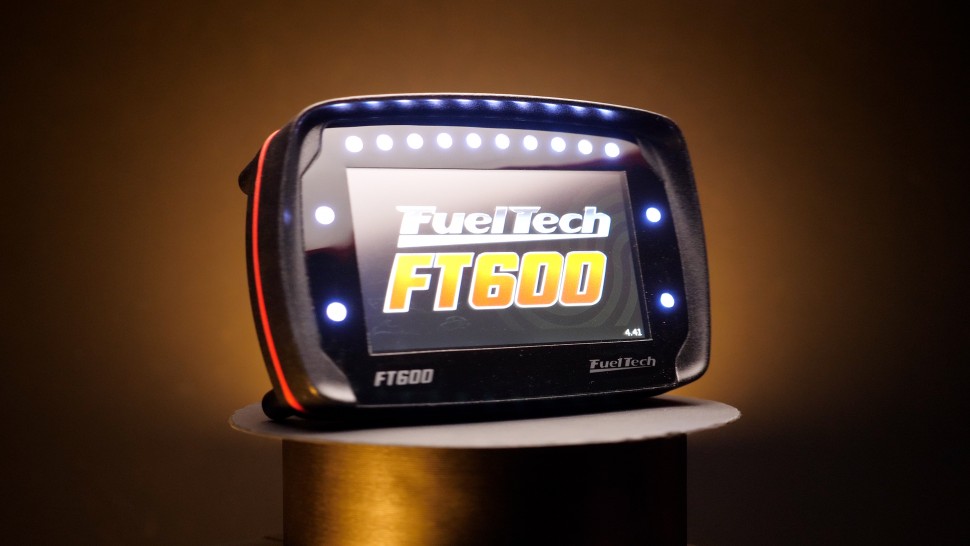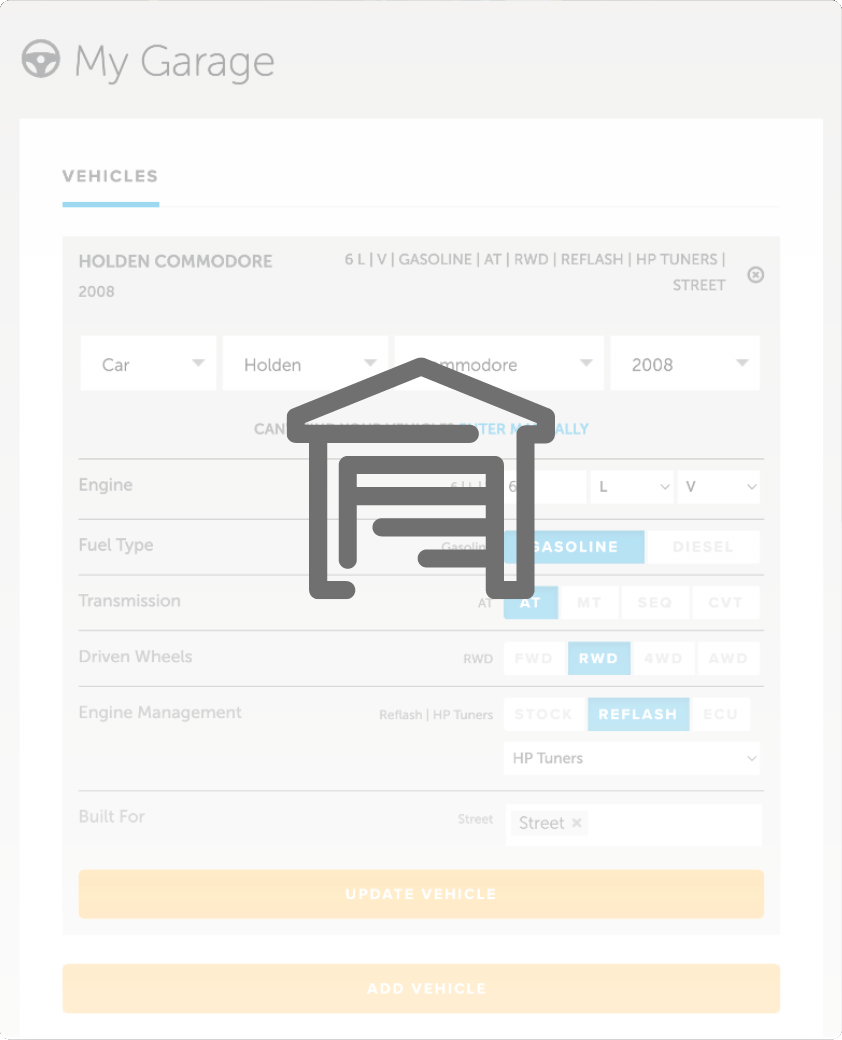| 00:00 |
Now, that we have a good understanding of our transmission systems, it's time to talk through the actual tuning process.
|
| 00:06 |
It's important to note that while this course is focused specifically on TCM tuning, there is a crossover between ECU and TCM that needs to be understood.
|
| 00:16 |
So, although we won't be elaborating on the engine tuning specifics here, you can refer to our practical reflash tuning course if you want further information on anything we discuss in the following modules.
|
| 00:28 |
In general, if you're new to TCM tuning or you're working with an unfamiliar parts configuration, it's best to play it safe initially, then become more aggressive as needed.
|
| 00:39 |
Let's take a quick look at some examples of items I suggest setting up first.
|
| 00:44 |
First, we have vehicle speed limiters.
|
| 00:47 |
In some cases, there are vehicle speed limiters on both the ECU and the TCM, so it pays to look out for limiters in both locations.
|
| 00:57 |
After all, if we only raise some, say the ones found in the TCM, we're still going to be stopped by whatever limiter is set to the lowest speed, and it may be in the ECU.
|
| 01:08 |
Next, we have engine speed limiters.
|
| 01:10 |
While this doesn't sound transmission -related at all, increasing shift points can lead to exceeding factory engine speed limits.
|
| 01:18 |
Just because factory shift points never make an engine go past a certain RPM doesn't mean we won't want to.
|
| 01:25 |
For example, if stock shift points max out at 4,300 RPM, stock engine rev limit is 4 ,500 RPM, and we want to move our shift points up to 4,800 RPM, we have to raise the engine speed limiter to allow it to get there.
|
| 01:41 |
Generally speaking, I suggest setting the engine speed limiter a few hundred RPM above the highest engine speed you'll shift at.
|
| 01:49 |
This avoids banging into the limiter during shifts unless something goes wrong, and then the engine speed limiter is still in place for protection.
|
| 01:58 |
Depending on how quickly the transmission shifts, how much power the engine is making, and other factors, the margin required between max shift RPM and max engine RPM limit will vary.
|
| 02:11 |
Generally, the max RPM we feel the engine can handle is one specific value, so we might as well set our engine rev limit to what we're comfortable with now, and then it's done.
|
| 02:22 |
If the factory value is already as high as we feel the engine can safely go, leave it as is.
|
| 02:28 |
Later in the tuning process, we can inch our shift points in the TCM tune up towards the engine rev limiter, and see how close we can get without the engine sitting on the limiter.
|
| 02:38 |
Moving on, as I mentioned earlier in the course, if we don't calculate torque correctly on the ECU side, we end up feeding the TCM incorrect engine torque values, and this throws off the whole control strategy.
|
| 02:52 |
While tuning the ECU or checking that the current tune was executed properly, make sure the calculated torque values are reasonable.
|
| 03:00 |
If you're unsure, testing the dyno to determine whether the torque values seem reasonable is a good next step.
|
| 03:08 |
For example, if engine torque from the ECU is 150, and the dyno reads 400, that should be resolved before proceeding.
|
| 03:18 |
That's so far off that we can be certain something is wrong with torque tables on the ECU side.
|
| 03:24 |
The best plan of attack here is testing at multiple points, including low torque, mid torque, and relatively high torque, while the engine is being tuned, as long as the drivetrain can support it.
|
| 03:35 |
For example, we can test light throttle, 60 ft-lbs estimated, and see 55 ft-lbs on the dyno.
|
| 03:43 |
Next, for a mid load, perhaps test an ECU stated 200 ft-lbs.
|
| 03:47 |
If the dyno reads about 170, that's pretty close, and you're ready to try something higher.
|
| 03:53 |
Perhaps next, apply more throttle to test at an ECU calculated 450 ft-lbs.
|
| 03:59 |
If the dyno reads about 400, the trend of the dyno values being similar but a bit lower than the ECU calculated values continues.
|
| 04:09 |
While the numbers don't match exactly, variance between dynos and drivetrain loss from the engine to the hubs or rollers are factors that will cause estimated and measured values to differ.
|
| 04:22 |
The difference doesn't have to indicate a problem, but we need to make sure the relationship between them seems reasonable before proceeding.
|
| 04:31 |
While not as common today, some engine management systems communicate engine output to the TCM via something other than torque.
|
| 04:41 |
Air flow is generally a big factor in this, so it needs to be calculated correctly to avoid the transmission being misled about engine output.
|
| 04:50 |
So, what does this mean? If we're dealing with a mass airflow based system, it means proper MAF scaling.
|
| 04:56 |
In a speed density environment, we need to ensure that we have proper VE or fuel on time tuning.
|
| 05:04 |
If we're working with an ECU that uses both MAF and speed density tuning, both systems should be calibrated correctly.
|
| 05:12 |
The easiest way to check this is to data log airflow and load from both systems and then verify that they're similar and both seem reasonable.
|
| 05:21 |
If something is amiss, airflow related tables should be corrected first.
|
| 05:26 |
Once they're correct, if the calculated torque is still implausible, we need to review our torque calculation tables.
|
| 05:34 |
Once we've confirmed that torque and airflow are being calculated correctly, torque, load and airflow base limiters can be set properly.
|
| 05:45 |
If we've already tuned the engine, we're happy with it and the transmission can handle all the torque the engine can throw at it, we can leave our ECU side limits as they are.
|
| 05:55 |
On the other hand, if we know the drivetrain absolutely cannot handle the full output of the engine system, now is the time to implement appropriate torque limits before we exceed them and damage something.
|
| 06:09 |
If we prefer how the ECU initiated limits function on our vehicle system, we can set the ECU torque limit based on the weakest link in the vehicle system, regardless of whether the weak link is the engine, transmission or another drivetrain component.
|
| 06:25 |
If we're swapping TCMs, transmissions, just rebuilt the transmission or aren't sure what some of the parts of the drivetrain can handle yet, then setting the ECU torque limits to values we know are safe for the whole drivetrain is a good place to start.
|
| 06:43 |
They can always be increased later on in the tuning process.
|
| 06:47 |
If we aren't already logging torque limits and related limits, now is a good time to start so we can better diagnose any unexpected behavior during the tuning process as being caused by the ECU or the TCM.
|
| 07:00 |
And lastly, if there are options to choose transmission type, TCM type, operating system, communication template or specific info for proper communication between your ECU and TCM, we should set this up now before moving on.
|
| 07:16 |
With these initial ECU settings in place, we can move on to TCM setup.
|
| 07:21 |
Before we do that though, let's quickly review the key points in this module.
|
| 07:26 |
In terms of transmission tuning, ECU setup is pretty straightforward.
|
| 07:30 |
We need to set vehicle speed limiters and engine rev limiters to our desired compromise of performance and safety.
|
| 07:39 |
We need to make sure torque, load and air mass are calculating correctly in order to avoid misinforming the TCM about engine output.
|
| 07:50 |
We need to know the limitations of our engine and drivetrain and set torque limits accordingly.
|
| 07:57 |
If we have the option of setting up which transmission our ECU will be communicating with, this is the time to do so.
|





